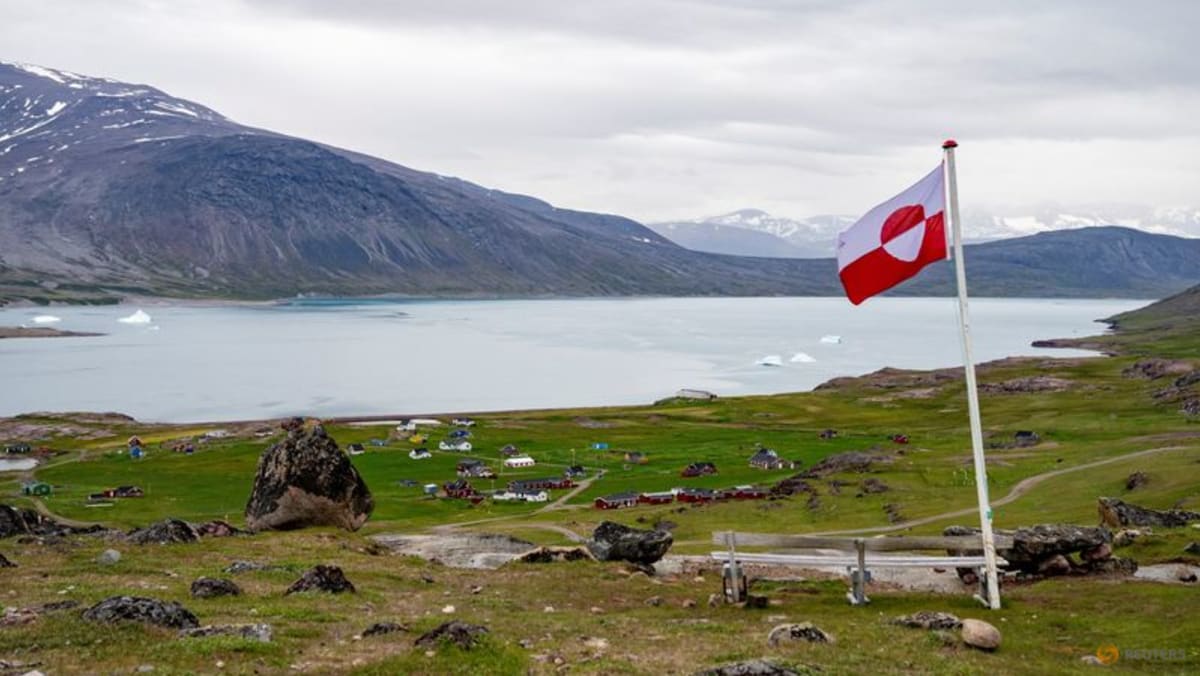Finland and Sweden are planning to fund a massive bridge that will connect the two countries, aiming to enhance security in response to potential threats from Russia.
The proposed bridge, spanning at least 40 kilometres between Vaasa in northern Finland and Umeå in northern Sweden, revives a concept first discussed in the 1970s. This ambitious project gained urgency following the two countries’ recent accession to NATO.
The Kvarken Bridge, named after the Kvarken strait in the Gulf of Bothnia, is central to this strategic infrastructure plan.
The bridge would link the two countries at the narrowest part of the sea, known as the Bothnian Bay, and is under renewed consideration by Finnish and Swedish authorities, reports Yle.
The current proposal envisions a bridge extending from Replot in the Vaasa archipelago to the Swedish mainland, using small islands in the Bothnian Bay as intermediary points.
In 2020, a study by two independent experts estimated the bridge could be built for £3bn and would be economically viable. This is compared to the Fehmarnbelt Fixed Link, an 18-kilometre submerged tunnel costing £6.8bn. However, since the study, inflation and geopolitical changes, including Russia’s invasion of Ukraine, have increased project costs by 17 percent.
With Finland and Sweden’s new NATO status, the strategic importance of the Kvarken Bridge has grown. Should Russia blockade the Baltic Sea, Finland would rely on road transport from Haparanda in Sweden to Tornio in Finland. The Kvarken Bridge would significantly ease this dependency, providing a crucial alternative route.
Finland has earmarked £170,000 for a feasibility study to investigate the bridge project. “Things have changed radically in Finland within a short time, and this requires logistical solutions,” Tapio Ojanen, deputy director at the Finnish Transport Infrastructure Agency, told Yle.
The feasibility study, set to begin in spring 2024 and last a year, will explore various routes, traffic flows, economic benefits, and environmental impacts. An environmental impact assessment will likely follow, Ojanen added.
Currently, travel between Umeå and Vaasa requires a ferry trip of approximately 80 nautical miles and 3.5 hours. The new bridge would cut this to a one-hour car journey, according to experts. The project would also require 60 to 76 kilometres of new road construction, emphasising its scale.
“It’s an extremely large infrastructure project. Such long fixed connections across the open sea are hardly found anywhere in the world. The investment would be very expensive if realised, but it’s something we will investigate,” Ojanen said to Yle.





















Discussion about this post